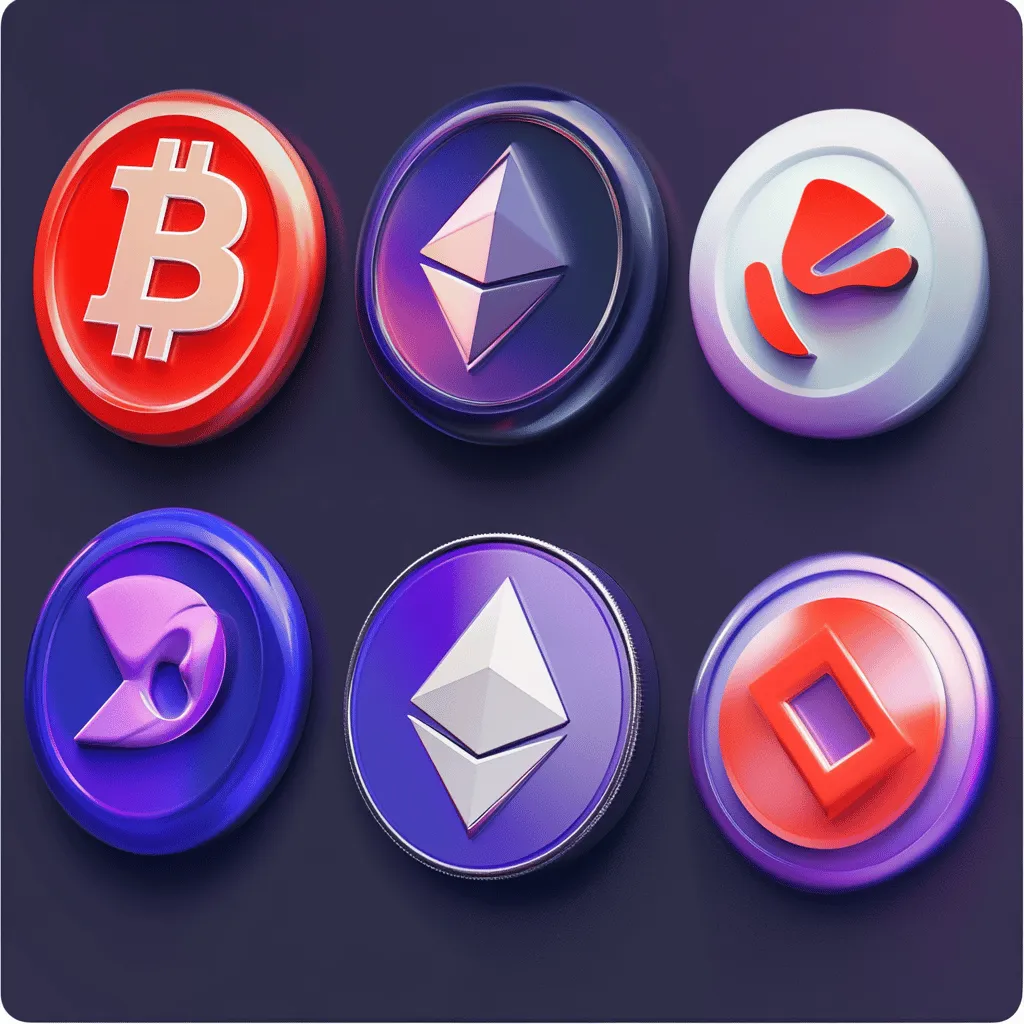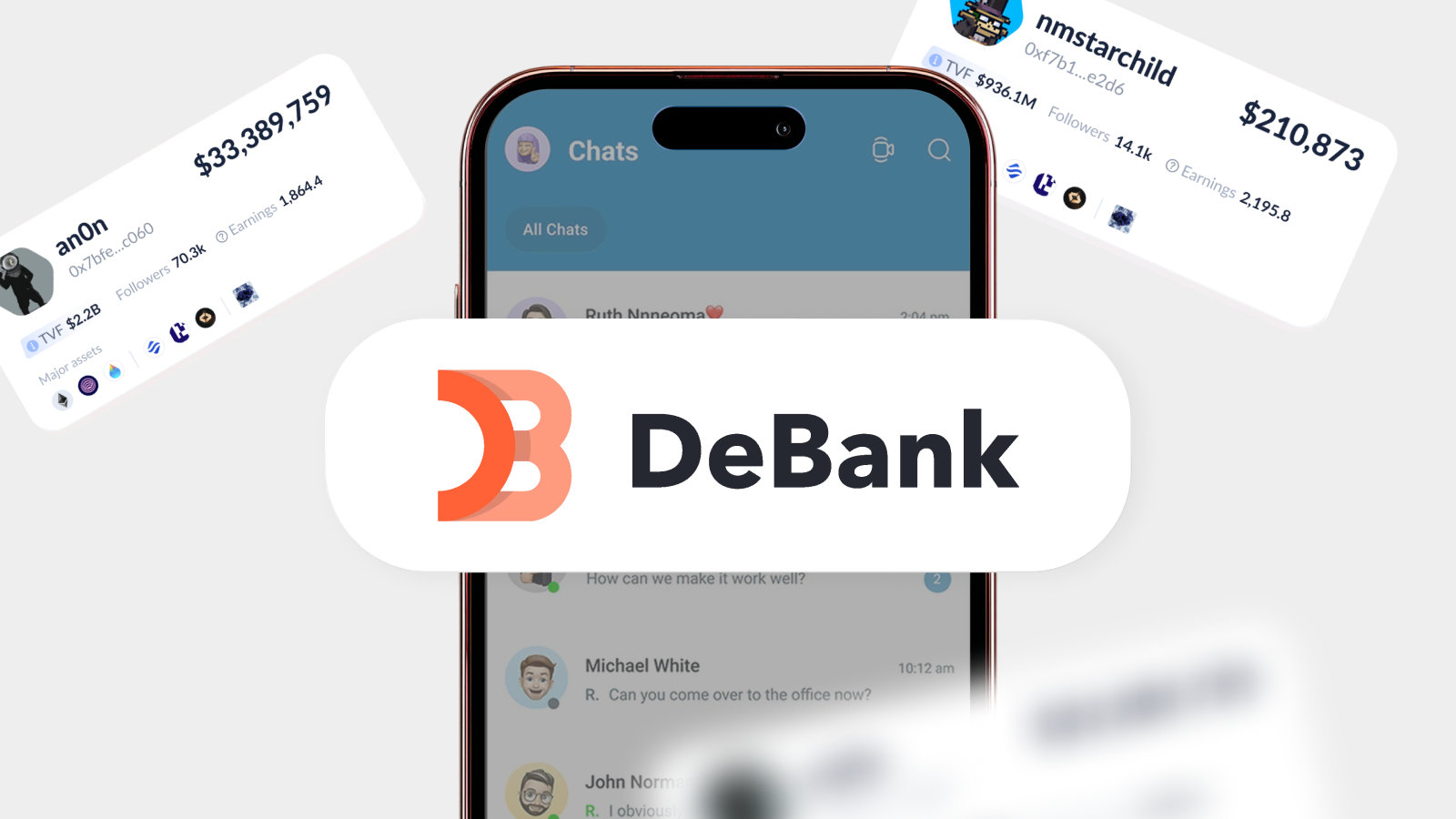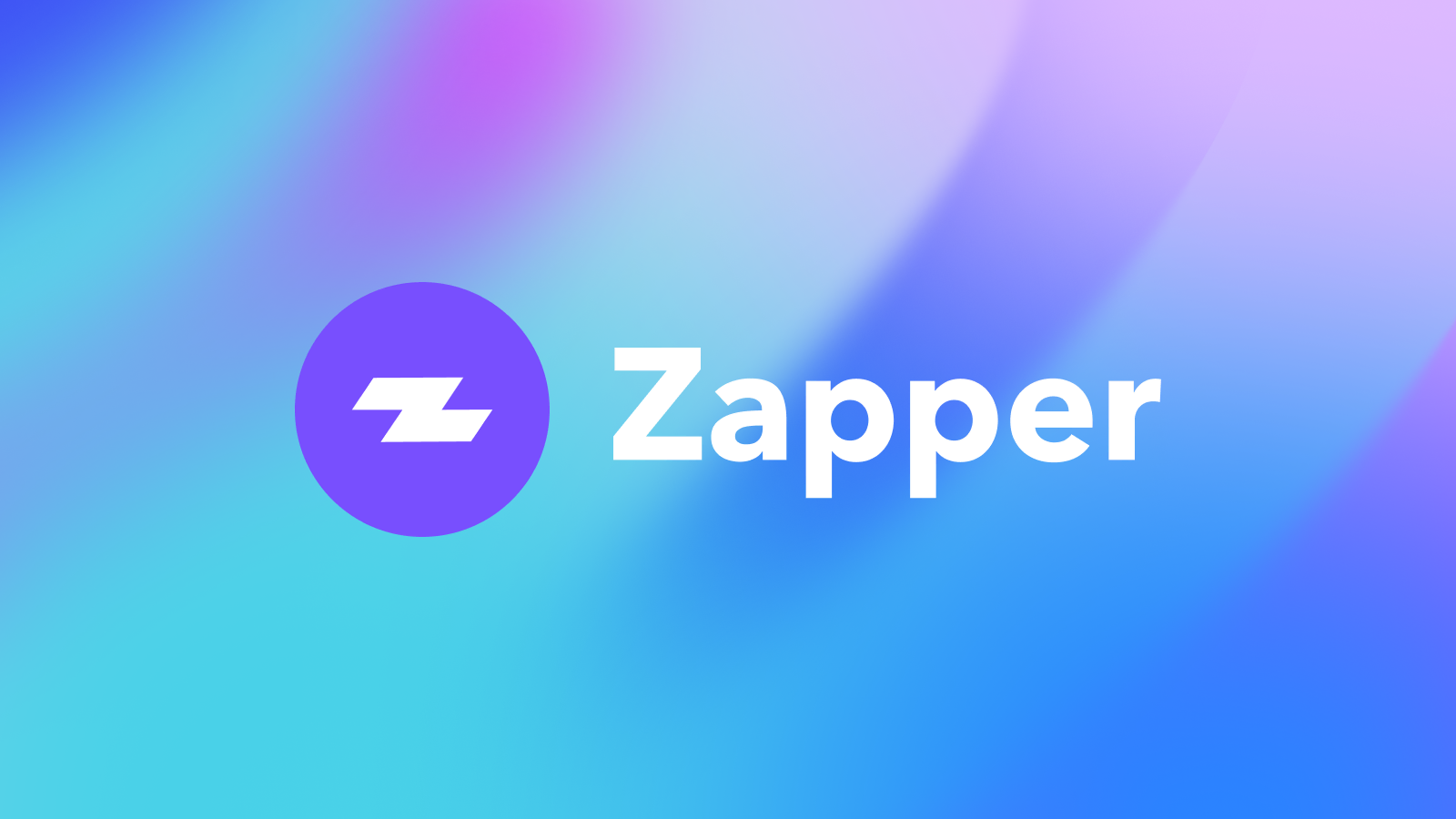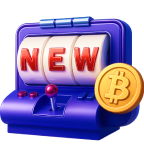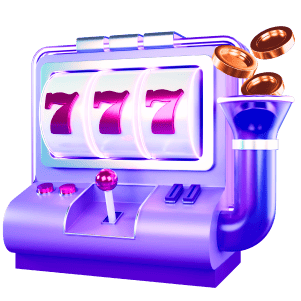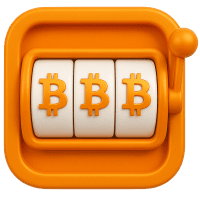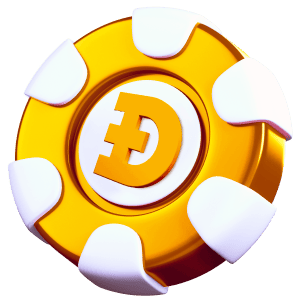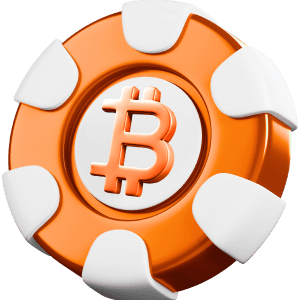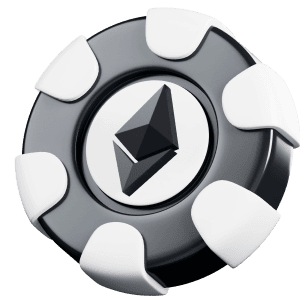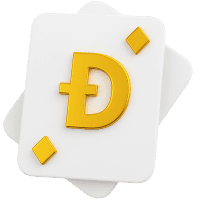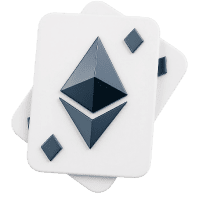Sol-Incinerator: A Deep Dive into Modern Waste Incineration Technology
Cryptocurrency burning involves permanently reducing the total number of coins by removing them from circulation or sending them to a special address. This tool is often used by developers of digital assets interested in controlling inflation or achieving other economic goals.
The main objective of burning is to reduce the volume of cryptocurrency in circulation, which helps stabilise its value. This mechanism is especially in demand in the context of rapid growth of cryptocurrency projects and Web3 technology, facing the problem of uncontrolled inflation. Excessive increase in the number of coins without a corresponding demand leads to falling prices and losses of investors. It is to eliminate such risks that such economic regulators were developed. We will look at the general process of token burning, how it affects the market and pay special attention to Sol-incinerator – a protocol for destroying coins and NFTs in the Solana blockchain.
How cryptocurrencies are destroyed
Coin burning is one way to regulate the issuance and exchange rate of cryptocurrencies. Since the price of most cryptocurrencies is determined by the market, i.e. by supply and demand, it is easier to satisfy demand if there is a large number of coins. And if supply exceeds demand, the price of the asset or token will fall. By burning coins, developers reduce their supply. If the demand for the asset remains high or increases, it creates a deflationary mechanism – there are fewer coins and their price rises.
Coin burning can be used to protect the network from DDoS attacks and prevent overloading due to multiple spam transactions. For example, each XRP transaction is accompanied by burning a small amount of coins – a minimum of 0.00001 XRP. The more often a user makes transactions, the higher the fee becomes. Thus, the network is protected from an excessive number of unwanted transactions.
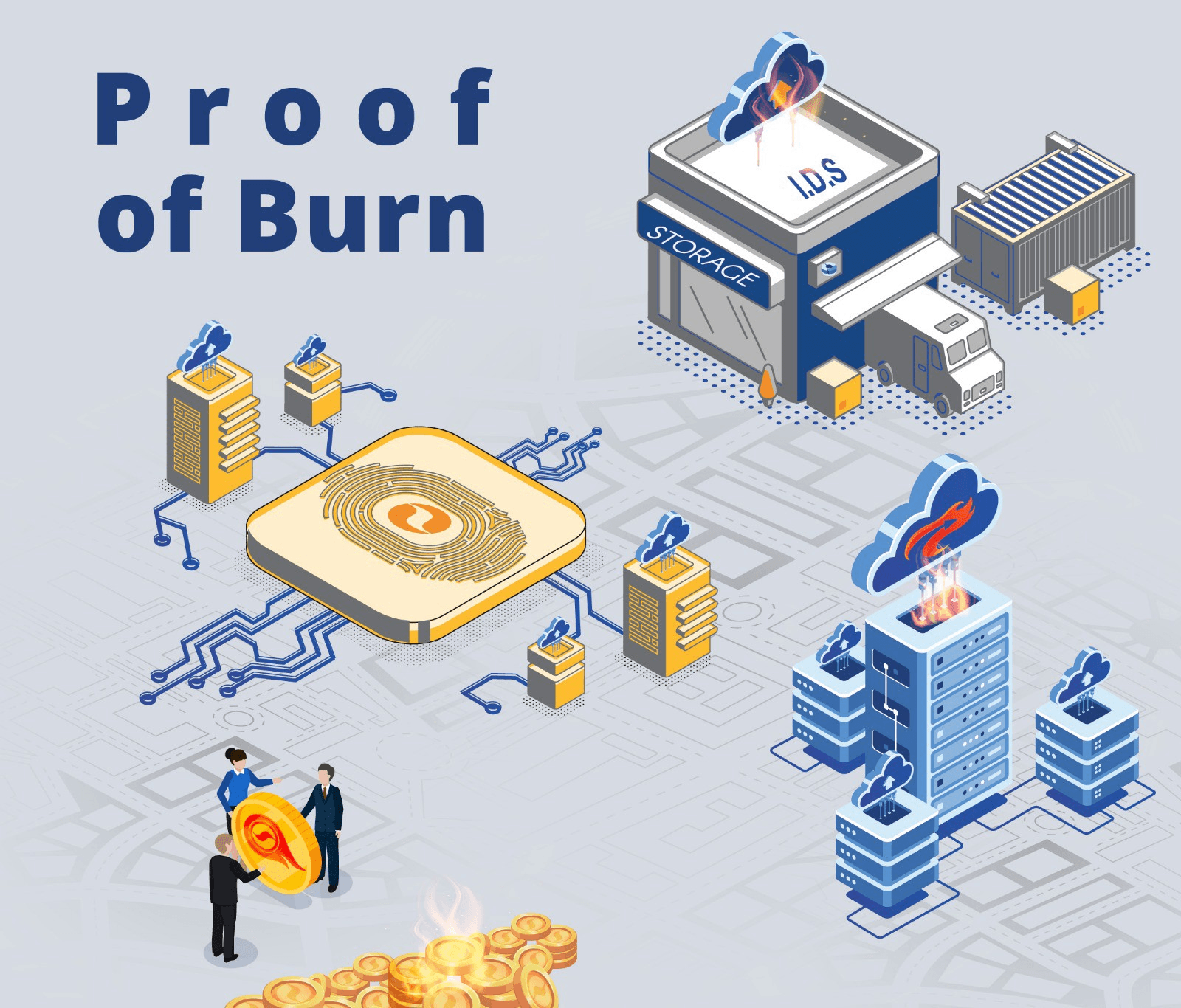
Below are all Sol-incinerator alternatives for different blockchains that are available to users and developers.
Commission burning
Usually, commissions are received by miners, but a number of cryptocurrency projects destroy these funds. To do this, a transaction is made that specifies a commission equal to the value of the tokens to be burned. The sent coins remain in the blockchain, and the surplus is ‘eaten’ by the system.
Algorithm
Some projects implement the Proof-of-Burn algorithm, according to which miners during transactions send part of the coins to an address to which access is closed. This transaction is registered in the blockchain, confirming the burning of the coins.
Wallet Burning
Many projects use the method of burning through a wallet without private keys. The amount to be destroyed is sent to such a wallet. Since it cannot be accessed, any token transactions become inaccessible. Data on such wallets and burn-in operations are publicly disclosed by projects.
Specialised software
For some cryptocurrencies, specialised software has been created to burn existing coins. The user simply enters the amount needed to be burned, and then the process automatically starts. Sol-incinerator nft, which allows burning assets issued on the Solana blockchain, falls into this category.
Hardfork
Hardforks make changes to the blockchain, rendering older versions of the network unable to support tokens. A new version of the network is launched with a predetermined amount of cryptocurrency left in circulation.
Cryptocurrency burning techniques can effectively control inflation, protect networks from DDoS attacks, and keep asset values stable. These approaches range from automatically destroying commissions to using special software and conducting hardforks. Each method has its own peculiarities and is applicable depending on the goals of a particular cryptocurrency project.
Why you need to burn tokens
Imagine this: tokens are sent to a dead address, and they can not be returned. Why would you do that, since it’s silly to get rid of your assets? It turns out that there is a good reason, which the legendary Satoshi Nakamoto immediately took into account when developing the Bitcoin blockchain protocol. He thought out the future tokenisation in detail, limiting the maximum number of bitcoins to 21 million. However, not all cryptocurrencies have such elaborate protection from the very beginning.
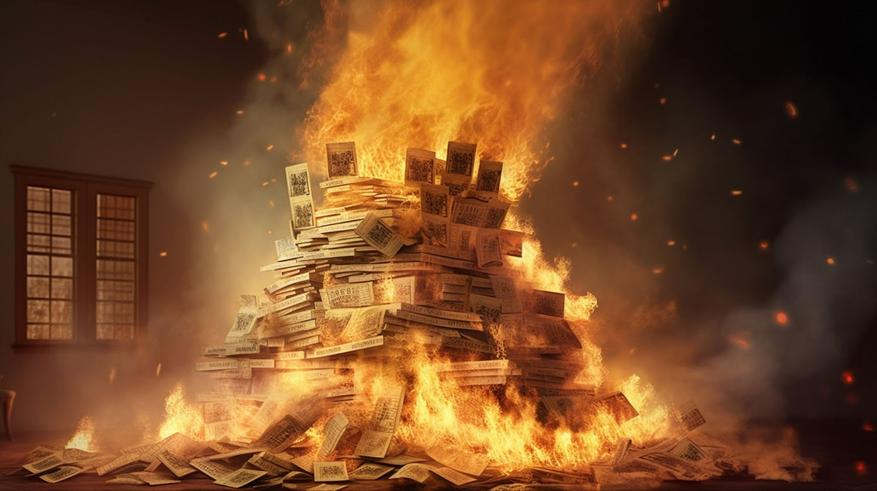
The main point of burning tokens is to create scarcity. This theoretically increases their value. Similar to rare minerals such as diamonds, the less available a resource is, the higher its price. Burning tokens reduces the overall supply, which leads to an increase in demand and therefore value.
This is not the only reason why projects resort to using the token destruction mechanism. The following can be highlighted:
- Maintaining the economic model of the project. Helps to balance token inflation and incentivise participants to keep it in their wallets.
- Demonstrating serious intentions. Burning shows that developers are willing to work for the long term, increasing investor confidence.
- Defences against attacks. For example, in some cases it helps prevent denial of service (DDoS) attacks on the network.
As you can see, token destruction is not crazy. It is a well-thought-out concept to maintain the economics of the project and increase its attractiveness in the eyes of investors.
Is it possible to burn any cryptocurrency?
In theory, it is possible to destroy any cryptocurrencies that are transferred to the blockchain. This applies to tokens that are created on a native blockchain or on a third-party blockchain but moved to this one. However, not all cryptocurrencies have developed specialised burning technology, so it cannot be said that any tokens can be burned.
Note that there are exceptions to the protocols that support burning. For example, such a tool is unacceptable for bitcoins. The reason is that bitcoin does not provide such functionality. However, most blockchains created after BTC, such as Binance Coin, Ether, Huobi Token, TRON, etc., have this option and can be burned.
Next, a Sol-incinerator review will be presented. This is a specialised tool with which you can destroy coins and NFTs on the Solana blockchain.
Sol-incinerator
Solana SOL Incinerator is a mechanism used in the Solana blockchain to reduce the total supply of SOL tokens. The process involves ‘burning’ a certain number of tokens, which means removing them from circulation permanently. This is usually done by sending the tokens to a special address that cannot be accessed, making it impossible to recover the burned tokens.

SOL Incinerator utilises a specific feature of the Solana blockchain. This is because in Solana everything is represented by an account, and when you want to initiate a transaction, you must have an account ready to accept that token. To open an account with Solana you need to pay a small fee, as if you are renting a spot on the blockchain. Without this, it is not possible to use all the services that are available on Solana.
In order not to oblige customers to pay rent on a regular basis, for example once a month, a one-off debit was decided. The protocol forces you to pay the rent in advance, which will allow you to place the token in your wallet virtually forever. With this in mind, you might conclude that you are paying more than you need for personal consumption. Perhaps you need the token for a few days, but pay the rent as if it were for permanent use.
This feature is the basis of the Sol-incinerator wallet cleanup mechanism. You have the right to request a refund of the portion of the rental fee that was not used by you.
SOL Incinerator safe is a powerful tool for Solana users to close all these accounts and put your wallets in order. You can:
- remove unwanted tokens and NFTs;
- use Solana’s inbuilt burn feature;
- recover SOLs from unused token accounts.
Most NFTs return 0.01 SOL when burned, while most tokens yield 0.002 SOL. Fraudulent tokens also yield a return of 0.002 SOL. If the NFT was created using Magic Eden’s open protocol, you can get back 0.004 SOL. Unfortunately, compressed NFTs are non-refundable and will not yield any SOL.
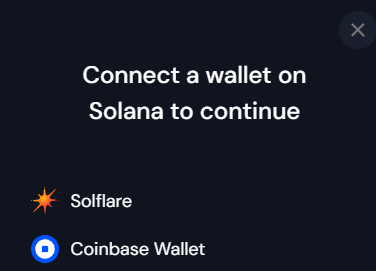
Sol-incinerator wallet management process:
- Solana wallet connection (Coinbase Wallet and Solrflare);
- selecting unwanted assets;
- burning tokens or NFTs;
- activate ‘Cleanup’ to retrieve SOL balances.
Be careful when selecting items to be burned, as this process is irreversible. Burning closes empty token accounts.
What ‘Cleanup’ does in the SOL Incinerator
Purge closes empty token accounts. Each NFT or unique token requires an account to store. When you place, transfer or dispose of a token or NFT, the corresponding account is left empty and can be closed, which will return a small amount of SOL.
Some token exchanges or exchanges also create an account in Solana to store data related to swap transactions. This account can be safely closed after the transaction is completed to recover a small amount of SOL. This procedure is completely safe and does not affect NFT and tokens in your wallet or limit orders on exchanges in any way.
However, it sometimes happens that some dApps do not create the necessary accounts for tokens. This is a bug and should be notified to the dApp developer.
Examples of token burning
There are a lot of services, projects and people who burn their assets, and everyone does it in their own interests. Let’s tell about the most interesting and high-profile stories that will confirm the importance of this tool for the development of cryptocurrencies.
One user in 2020 accidentally lost a million dollars. He sent 1 million Tether stablecoins to the wrong address, although the money was intended for a liquidity pool on one of the DeFi platforms. As a result, the funds were burned. Tether’s CTO, Paolo Ardoino, has promised to assist in recovering the lost capital. However, it is worth noting that burning USDT will have no effect on the coin’s exchange rate and will not be able to stop inflation. Issuing a new million USDT will also not cause significant changes.
Another similar case occurred when a user mistakenly sent 800 BNB ($20,000 at the then exchange rate) to a smart contract address from where no refund was possible. Unlike USDT, BNB has intrinsic value and is limited in quantity, which complicates the situation. The exchange decided to refund BNB to the user, compensating them from the quarterly burn programme. Binance subsequently implemented the Pioneer Burn programme to protect users from such mistakes.
The Binance exchange itself conducts scheduled coin burns on a quarterly basis. The number of tokens burned depends on the volume of trading on the exchange. A total of 100 million coins are scheduled to be burned. This is 50% of the total number of tokens.
In May 2021, Ethereum co-founder Vitalik Buterin sent 410 trillion Shiba Inu tokens to a non-existent address. Earlier, Shiba Inu developers transferred half of all issued tokens to Vitalik’s wallet for burning. Buterin destroyed 90% of the received tokens by sending them to a non-existent address and donated the remaining 10% to charity.
Stellar conducted a burn of 55 billion XLM tokens for the sake of optimising the system’s performance. Exmo exchange destroyed 80 million EXM tokens after a failed attempt to conduct an IEO. Ripple regularly burns 0.00001 XRP with each transaction. Crypto.com conducted a burn of 70 billion CRO coins. These examples demonstrate the widespread practice of token burning in the cryptocurrency industry.
Sol-incinerator best practices
If you decide to use Sol-incinerator to burn coins, there are several steps you should follow to evaluate the effectiveness of your actions before you destroy the tokens. A step-by-step algorithm for using the service and evaluating the prospects from asset burning:
- Understanding the goal. Before burning tokens, get clear on your goals. Are you contributing to the project strategy or is this a personal decision to strengthen your portfolio.
- Process validation. Double check all data including token type, amount and burn address to avoid costly mistakes. This is the most important step, as you won’t be able to cancel the transaction and get your funds back.
- Stay informed. Stay up-to-date with the latest news from Sol Incinerator and related projects to stay on top of any changes in functionality or recommendations.
- Use trusted resources. Make sure you are accessing the official Sol Incinerator platform and not a phishing or fake site.
These actions will keep you safe from mistakes and financial losses.
Alternatives to token burning
Coin burning is a popular mechanism for managing the number of tokens and their value, but it is not the only option. As an alternative, projects can use:
- Buybacks. Projects buy their tokens on the market to reduce their total supply.
- Staking. Users lock up their tokens in exchange for rewards, temporarily reducing their number in circulation.
- Redistribution. Tokens are redistributed within the ecosystem to incentivise certain behaviours among participants.
As blockchain technology continues to evolve, token burning is likely to persist as an important economic tool in the world of cryptocurrencies. Platforms like Sol Incinerator will continue to play a significant role in realising these processes.
In addition to common governance mechanisms, developers are offering new solutions that will simplify the process. These include:
- Automated combustion. Smart contracts automatically trigger the token burning process when specified conditions are met.
- DeFi integration. Token burning mechanisms are integrated into decentralised financial ecosystems.
- Increased transparency. Realisation of real-time monitoring and reporting of burn-in processes to improve accountability.
Despite the emergence of new solutions and the use of alternative methods, the importance of a platform like Sol Incinerator remains high.
Advantages and disadvantages of token burning
Like any strategy, token burning has its pros and cons.
Advantages:
- Transparency. The burning process is recorded on the blockchain, allowing any user to verify the destruction of tokens.
- Deflationary effect. A decrease in the total supply stimulates an increase in the value of the remaining tokens.
- Simplicity. On the technical side, burning is low cost.
Disadvantages:
- Short-term fluctuations. Abrupt burning can trigger sharp volatility, scaring off some investors.
- Limited effect. Even regular burning has little effect on the value of tokens if the project produces them in excess.
- Risks to the ecosystem. An ill-conceived burn strategy can undermine a project’s credibility.
These factors lead projects to apply a burn-in strategy cautiously, taking into account reputation and the state of the currency. The effect of burning well-known tokens differs significantly from destroying less popular cryptocurrencies.
Conclusion
Sol Incinerator offers an efficient and convenient way to participate in the token burning process, which plays a significant role in the cryptocurrency economy. Reducing supply, increasing value and engaging the community have made burning a strategic tool for many projects. Given the irreversible nature of this process, it is crucial to carefully plan and execute a burn.
Whether you are an investor or a member of a project, understanding the principles of token burn and how platforms like Sol Incinerator work is critical to succeeding in the rapidly changing cryptocurrency environment.
Frequently Asked Questions
What is Sol Incinerator?
Sol Incinerator is a platform that provides irreversible cryptocurrency token burning.
How does token burning work?
Token burning involves sending tokens to an inaccessible wallet address, which permanently removes them from circulation.
Is it safe to burn tokens on Sol Incinerator?
Yes, but users should exercise caution as transactions are irreversible and the platform is not liable for errors.
Why do projects burn tokens?
Burning tokens reduces supply, potentially increasing value, controlling inflation and increasing investor confidence.
Can burned tokens be recovered?
The process of burning coins is irretrievable – meaning they are permanently removed from circulation. Developers, choosing such a scheme, deliberately exclude cryptocurrency from the blockchain network. Therefore, if a user accidentally sends cryptocurrency to a ‘death address’, it will not be possible to return it.
What precautions should I take when using Sol Incinerator?
Before starting the process, be sure to check all information carefully, make sure you are using a verified platform, and consider the possible consequences of burning tokens.

